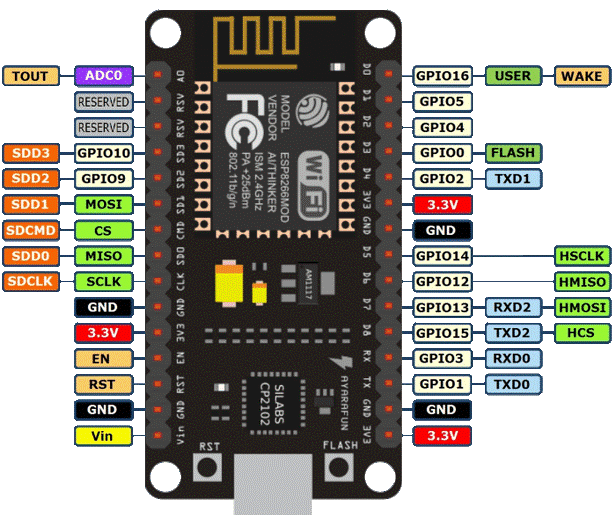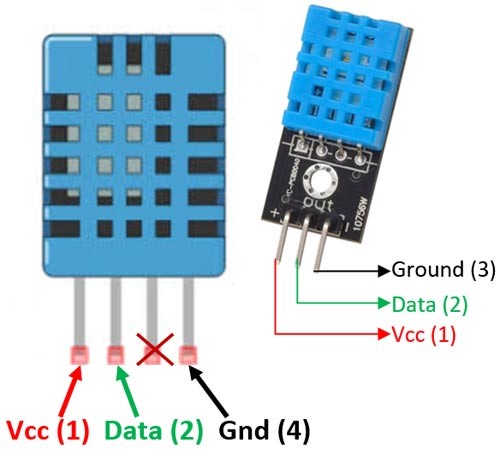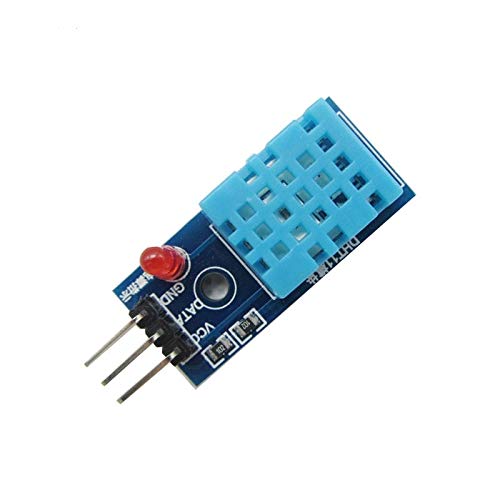DHT11(Temperature Sensor)
Applications
NodeMCU

Pin Configuration
Pin Configuration for DHT11(temperature sensor)

Procedure

#include "dht.h"
#define dht_apin D1
dht DHT;
void setup() {
Serial.begin(9600); // 9600 BITS TRANFERING TO PC PER SECOND
}
void loop() {
DHT.read11(dht_apin);
Serial.print("Temperature: "); Serial.print(DHT.temperature); Serial.print("\t");
Serial.print("Humidity: "); Serial.println(DHT.humidity);
delay(1000);
}
